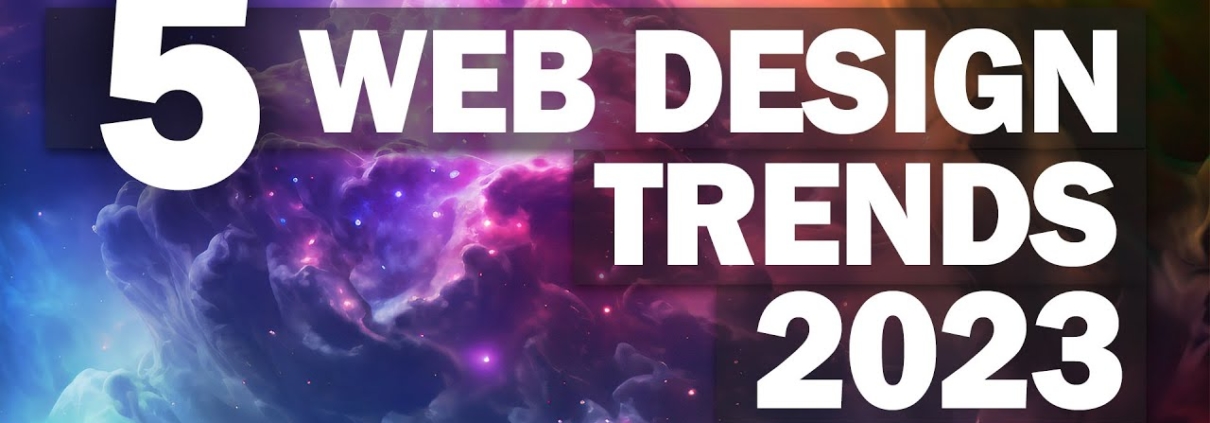Web Design Services in Winnipeg: Build a Website That Works for Your Business
In today’s digital-first world, your website is often the first impression customers have of your business. Whether you run a local shop in The Forks or a service company in downtown Winnipeg, an attractive and functional website can make all the difference.
Why You Need Professional Web Design in Winnipeg
Winnipeg’s small business ecosystem is growing rapidly. But with growth comes competition — and a good website helps you:
- 🌐 Stand out locally and online
- 📲 Reach mobile users effectively
- 🚀 Convert more visitors into customers
- 🔐 Ensure your site is secure and fast
💡 What Makes a Great Website?
A great website is more than just good looks. Our web design services focus on:
1. Custom Design Tailored to Your Brand
We don’t use cookie-cutter templates. Your business is unique — your website should be too. Whether you’re an artist, mechanic, dentist, or retailer in Winnipeg, we design with your audience in mind.
2. Mobile-Responsive Layout
Over 60% of your traffic is likely from smartphones. We ensure your site looks and works perfectly on all screen sizes — phones, tablets, and desktops.
3. Search Engine Optimization (SEO)
A stunning website is useless if no one can find it. Our web design is backed by local SEO best practices, helping you rank on Google for terms like:
- “Winnipeg plumber”
- “Best bakery in Winnipeg”
- “Web design services Winnipeg” 😉
4. Fast Loading Speed
Speed = better UX + higher rankings. We optimize all assets and code to give your site that extra boost in performance.
5. Easy to Manage
We build on platforms like WordPress, Webflow, or Shopify — giving you full control. Want to edit text or update images? No problem.
🛠️ Web Design Services We Offer in Winnipeg
✅ Business Website Design
✅ E-commerce Website Development
✅ Website Redesign & Optimization
✅ WordPress & CMS Integration
✅ Custom Landing Pages
✅ Website Maintenance & Support
👷 Who We Work With
We serve a wide range of local businesses in Winnipeg, including:
- Restaurants & Cafes
- Real Estate Agencies
- Medical Clinics & Dentists
- Service Providers (Plumbing, Cleaning, HVAC)
- Nonprofits & Local Artists
💬 Why Choose Us?
As a Winnipeg-focused design team, we understand local business needs, culture, and customer behavior. We combine creativity with strategy to help you get real results — leads, bookings, and sales.
⭐ “The team delivered exactly what we wanted. Professional, fast, and easy to work with!” – Local Business Owner, Winnipeg
📞 Ready to Transform Your Online Presence?
Let’s build a website that not only looks great — but also works hard for your business.
👉 Contact us for a free consultation on web design services in Winnipeg!




